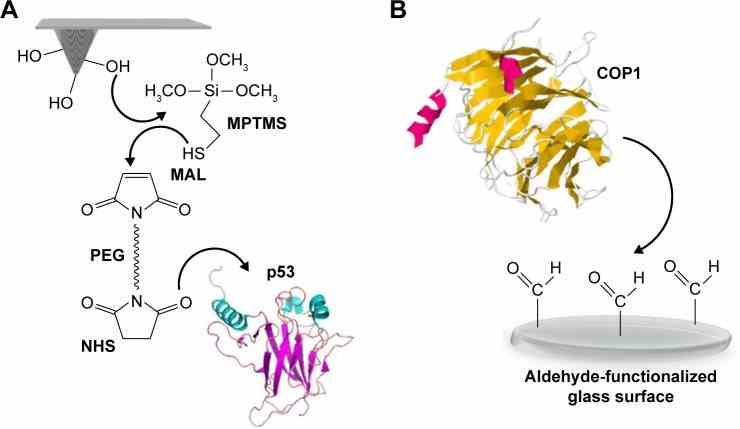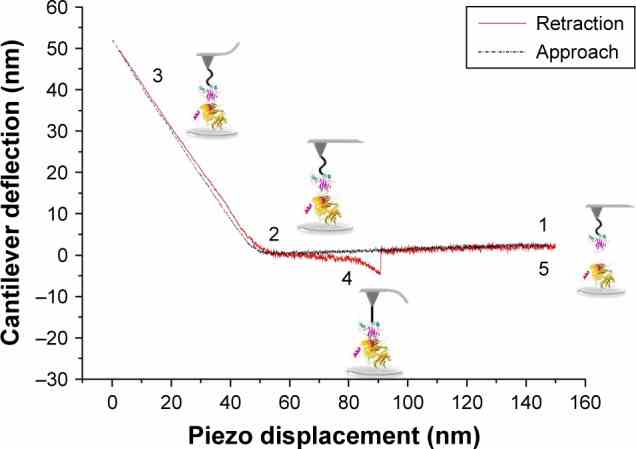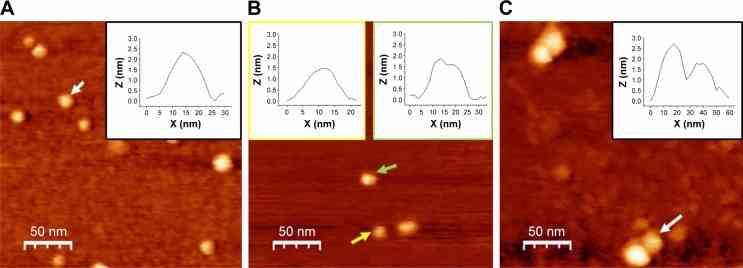Recombinant Human COP1 protein, His-tagged
| Cat.No. : | COP1-11454H |
| Product Overview : | Recombinant Human COP1 protein(1-349 aa), fused with His tag, was expressed in E.coli. |
| Availability | December 17, 2025 |
| Unit | |
| Price | |
| Qty |
- Specification
- Gene Information
- Related Products
- Citation
- Download
| Species : | Human |
| Source : | E.coli |
| Tag : | His |
| Protein Length : | 1-349 aa |
| Form : | The purified protein was Lyophilized from sterile PBS (58mM Na2HPO4,17mM NaH2PO4, 68mM NaCl, pH7.4). 5 % trehalose and 5 % mannitol are added as protectant before lyophilization. The elution buffer contain 300mM imidazole. |
| AA Sequence : | SRTASQLDEFQECLSKFTRYNSVRPLATLSYASDLYNGSSIVSSIEFDRDCDYFAIAGVTKKIKVYEYDTVIQDAVDIHYPENEMTCNSKISCISWSSYHKNLLASSDYEGTVILWDGFTGQRSKVYQEHEKRCWSVDFNLMDPKLLASGSDDAKVKLWSTNLDNSVASIEAKANVCCVKFSPSSRYHLAFGCADHCVHYYDLRNTKQPIMVFKGHRKAVSYAKFVSGEEIVSASTDSQLKLWNVGKPYCLRSFKGHINEKNFVGLASNGDYIACGSENNSLYLYYKGLSKTLLTFKFDTVKSVLDKDRKEDDTNEFVSAVCWRALPDGESNVLIAANSQGTIKVLELV |
| Storage : | Short-term storage: Store at 2-8°C for (1-2 weeks). Long-term storage: Aliquot and store at -20°C to -80°C for up to 3 months, buffer containing 50% glycerol is recommended for reconstitution. Avoid repeat freeze-thaw cycles. |
| Reconstitution : | Reconstitute at 0.25 µg/μl in 200 μl sterile water for short-term storage. Reconstitution with 200 μl 50% glycerol solution is recommended for longer term storage. |
| ◆ Recombinant Proteins | ||
| RFL10093HF | Recombinant Full Length Haloarcula Argentinos Cruxrhodopsin-1(Cop1) Protein, His-Tagged | +Inquiry |
| COP1-641H | Recombinant Human COP1 Protein, His (Fc)-Avi-tagged | +Inquiry |
| COP1-1483H | Recombinant Human COP1 Protein, Myc/DDK-tagged, C13 and N15-labeled | +Inquiry |
| COP1-893HFL | Recombinant Full Length Human COP1 Protein, C-Flag-tagged | +Inquiry |
| Cop1-2256M | Recombinant Mouse Cop1 Protein, Myc/DDK-tagged | +Inquiry |
Imaging and kinetics of the bimolecular complex formed by the tumor suppressor p53 with ubiquitin ligase COP1 as studied by atomic force microscopy and surface plasmon resonance
Journal: International Journal of Nanomedicine PubMed ID: 29379285 Data: 2022/12/14
Authors: Ilaria Moscetti, Anna Rita Bizzarri, Salvatore Cannistraro
Article Snippet:Recombinant human full-length p53 (43.6 kDa) (hereafter p53) was purchased from Genscript (Piscataway, NJ, USA) by using the BacPower? Guaranteed Bacterial Protein Expression Service.Recombinant human full-length p53 (43.6 kDa) (hereafter p53) was purchased from Genscript (Piscataway, NJ, USA) by using the BacPower? Guaranteed Bacterial Protein Expression Service.. Recombinant human COP1 protein MYC/DDK-tagged (77.5 kDa) (hereafter COP1), also known as RING finger and WD repeat domain 2, was purchased from Creative BioMart (Shirley, NY, USA).. Glutathione S-transferase (GST) (26 kDa) was purchased from GE Healthcare UK Ltd (Little Chalfont, UK).Glutathione S-transferase (GST) (26 kDa) was purchased from GE Healthcare UK Ltd (Little Chalfont, UK).

Schematic representation of the surface chemistry used to covalently bind p53 and

A typical approach–retraction cycle of the p53-functionalized tip over the

TM-AFM images recorded in air of
Not For Human Consumption!
Inquiry
- Reviews (0)
- Q&As (0)
Ask a Question for All COP1 Products
Required fields are marked with *
My Review for All COP1 Products
Required fields are marked with *



